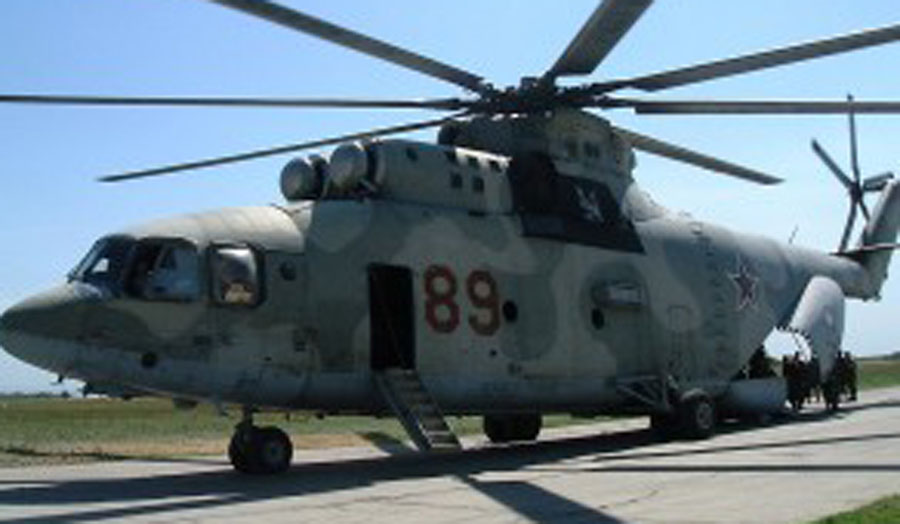Date: 23.03.2011
Big stories never come out of nowhere.
It is the journalist’s job to try to prepare their audience for whatever might be in store. Done wrongly, this can amount to irresponsible speculation. Done well, it means an audience is prepared for big developments when they come.
Tom Parfitt’s recent series on the North Caucasus for Foreign Policy belongs to the latter category. His journey across the mountainous region at Russia’s southern edge has offered an insight which is remarkable for its rarity and detail.
It is a story which needs to be told now. A few days after reading ‘Sword or Samovar’, as the series is called, I was at a Chatham House presentation, given by Pavel Baev of the Peace Research Institute, Oslo.
Mr Baev’s subject was the reform of the Russian military, but, naturally, part of the discussion focused on the situation in the North Caucasus. Mr Baev spoke of a ‘new quality of escalation’ in the region. ‘It is not going to be more of the same,’ he warned.
I covered both the major conflicts in Chechnya. I made frequent trips to the region in the autumn and winter of 1999-2000, at the time when Vladimir Putin was making the transition from acting President to President, and embarking on the first stage of his rise to become Russia’s most powerful man.
I did not return to the region until 2008, and was struck then by how much had changed, and how little.
Much, in the sense that Moscow’s rising oil revenues had provided the funds for a construction boom. The ruins of the war-torn city centre had been replaced by gleaming new buildings.
Little, in the sense that – aside from handouts from the federal government - there did not seem to be much driving the economy. The suffering which the conflict had caused was still raw. Thousands of people were still missing.
I was travelling with a delegation from the Council of Europe. We visited a school. When asked what they wanted to do when they grew up, almost all the boys said ‘join the militia (police).’ This was presumably one of the few jobs they had seen men doing – and it promised a certain status, and security.
The Islamist fighters those militia officers are supposed to protect against are thought to be small in number. But their apparent ability to mount attacks such as the one at Domodedovo airport last month shows that numbers are not the main issue.
And those numbers could grow. I did not leave Chechnya on my last trip convinced that another war was inevitable – but nor could I say for sure how it might be avoided.
Moscow’s tactic of pouring in money worked well in boom times, but what future for it now? The elder brothers and cousins of the primary school boys I saw that day remember the wars of the 1990s. They are now of an age to take up arms. Chechnya has a long tradition of blood feuds, and, in the disaffected and unemployed, thousands of the sort of young men who join militant groups. Are these, I wonder, the kind of problems Mr Baev had in mind when he spoke of ‘a new quality of escalation’?
Mr Baev suggested the Kremlin had been in denial, but were now more aware of the pressing threat it poses. President Medvedev has spoken of it. In 2009, he called it Russia’s ‘most serious, domestic political problem’. That is not the same as having a strategy to deal with it.
This story is difficult to report. Getting the correct permission is far from straightforward, and it can be a dangerous place to travel.
That is why journalism like Tom Parfitt’s is invaluable as we seek to understand the situation in the North Caucasus. The discontent which led to the recent

